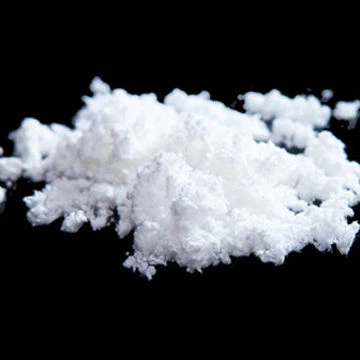IUPAC Name
-
Cas Number
9004-70-0
HS Code
320890
Formula
-
Industry
-
Appearance
Colorless crystals or white crystal to fine powder
Common Names
Nitrocellulose
Packaging
1000 @ 25 kg plastic or netted bags, 25MT/20 FCL
Brief Overview
Guncotton, or nitrocellulose (also known as trinitrocellulose and cellulose nitrate) is a mild explosive, used in rockets, propellants, printing ink bases, leather finishing, and celluloid (a mixture of nitrocellulose and camphor; first used to manufacture billiard balls).
Manufacturing Process
It is prepared by treating ordinary cotton with a mixture of concentrated nitric and sulfuric acids, which replaces the hydrogen atom on the OH groups in the cellulose polymers with nitro [NO2] groups: This has the effect of "planting" oxygen deep within the cotton fibers, making it much easier to burn. (Chemically, nitrocellulose is similar to nitroglycerin and trinitrotoluene [TNT], which also contain nitro groups).
Film
Cellulose is treated with sulfuric acid and potassium nitrate to give cellulose mononitrate. In 1855, the first man-made plastic, nitrocellulose (branded Parkesine, patented in 1862), was created by Alexander Parkes from cellulose treated with nitric acid and a solvent.
Fabric
The solubility of nitrocellulose was the basis for the first "artificial silk" by Georges Audemars in 1855, which he called "Rayon". Commercial production started in 1891, but the result was flammable and more expensive than cellulose acetate or cuprammonium rayon. Because of this predicament, production ceased early in the 1900s. Nitrocellulose was briefly known as "mother-in-law silk".
